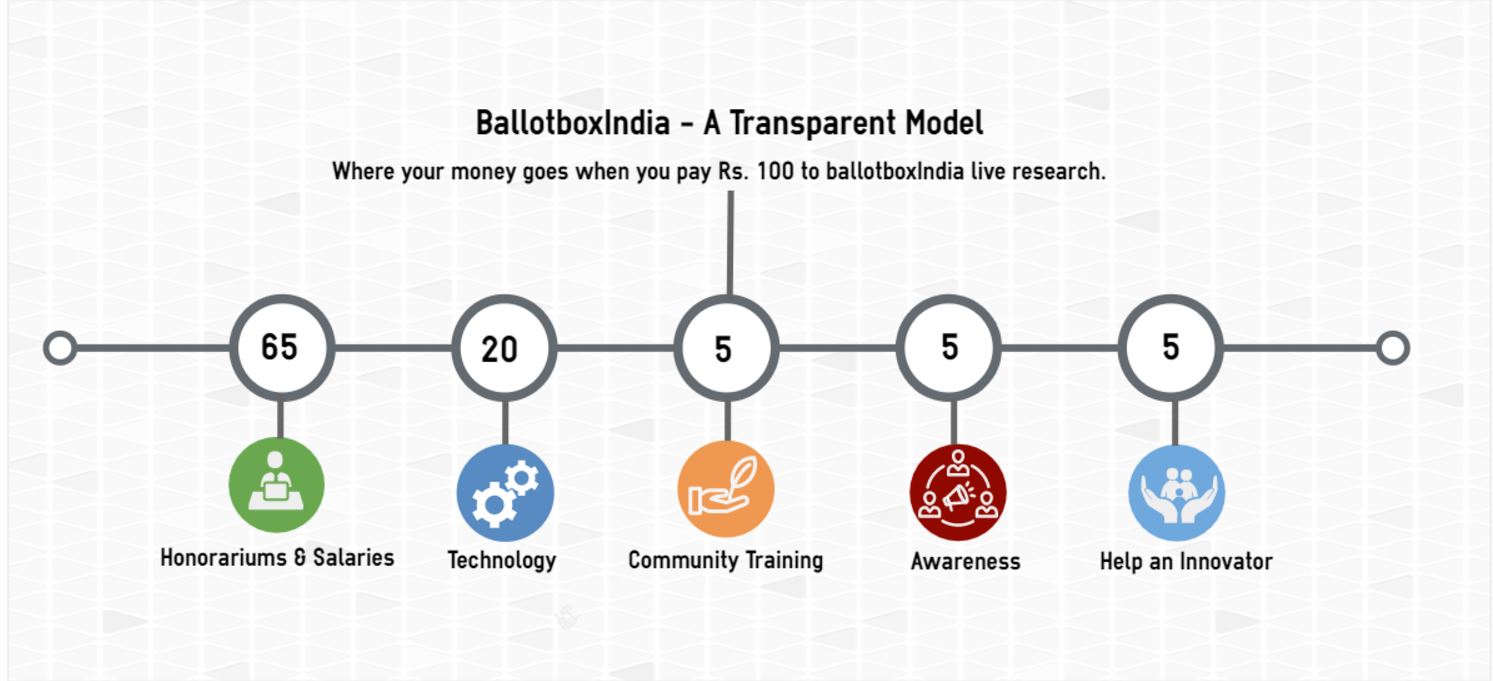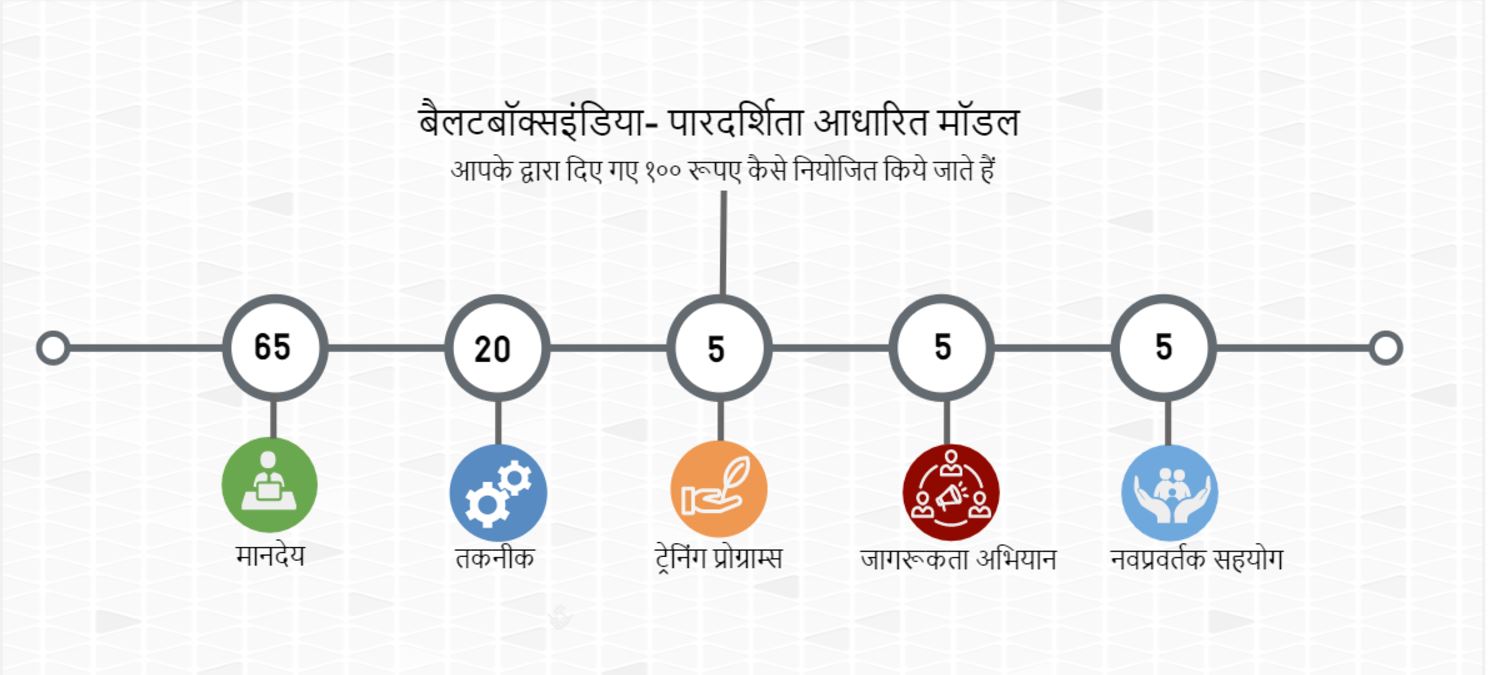Antibiotics- It is a lifesaving medication in a life threatening condition, and in India its amply available. As per news organizations Indians popped 13 Billion pills annually, highest in the world (thanks to our sanitary conditions, no regulations, and ignorance). Antibiotics have a certain job i.e. kill microbes in our body which are harming or infecting us.
Now a few facts about microbes in our body and how we co-exist.
1. Human body has trillions of microbes inside and outside of skin, we coexist and benefit each other. We keep on assimilating them during the whole life cycle.
2. Human body has 99% unique Genomes coming out of these microbes, with only less than 1% human genomes.
3. Every human body has its unique set of microbes transferred to him from generation after generation, their unique dietary habits, living conditions, scientists know about only a small subset of these microbes and bacteria.
4. These bacteria in our body help
- Fight infection on skin, heal cuts and keep pathogens out, fight fungi on foot.
- Break kidney stones in our kidney.
- Build fat breaking chemicals in our livers, digest food.
- Modulate the immune system to reduce the risk of allergies and asthma, prevents esophageal cancer and gastric reflux disease, helps regulate appetite and control weight.
- Reduce chances of Juvenile Diabetes, which is incurable.
There are many more. A unique combination of bacteria and microbes based on your mother, grandmother, older generation, your natural diet gives you a unique immune system and makes you strong.
Now based on above facts and since our antibiotics are still evolving, indiscriminate use in humans (to quickly provide relief) and in animals to make them fat(General practice now a days) is doing a huge damage e.g.
1. Super drug resistant bugs(pathogen). How it works, humans carrying non-resistant bacteria come in contact with livestock, our livestock since are made fat on antibiotics incubate these non-resistant bacteria and make them super resistant super bugs. Humans again come in contact with the livestock and boom we get a super bug (Swine flu and its mutations are one example).
2. Antibiotics without knowing our own complex microbial structure kill a lot of our own friendly bacteria in our gut which our great great grandparents passed on to us after generations of great efforts in incubating and assimilating them. These bacteria could have protected us from many life threatening conditions but now they are gone. Our biodiversity is decreasing rapidly with every generation, making us an open game for super bugs.
And India based on its huge documented and undocumented usage of antibiotics, in general unsanitary conditions, declining population health and strength is leading this pack globally.
Now what can be done about it. Research points us to a catastrophic public health scenario, we can't just sit back and wait for government to do all the work specially when its so tough to pass any reasonable reform or bill (everything is in limbo since past 5-6 years). Even if we get a bill passed or ordinance out, we have 65 years of precedence on effective implementations (Ironic pun intended, RTI is an example).
Let us the Citizens of India start on this issue right away, below are a few info graphics shared by World health organization (WHO).
1. If you are a citizen - Share this with people you know and send it to your doctor, chemist and try to educate them.
2. If you are a medical professional, chemist, pharmacist :- Put them in your establishment and lets be very responsible about antibiotics.
3. Try to avoid antibiotics and explore AYUSH if possible for non life threatening conditions.
4. If you know a farmer, livestock owner please educate him of the antibiotic usage.
5. If you are a policy maker, lets try to build a consensus among your peers and get a strong bill out asap.
If anyone can translate these info graphics in Hindi and other regional languages, please do so and post in opinions and experiences section so every one can spread this.
here are the handy info graphics. Source - WHO
Image courtesy - Courtesy of Pacific Northwest National Laboratory.

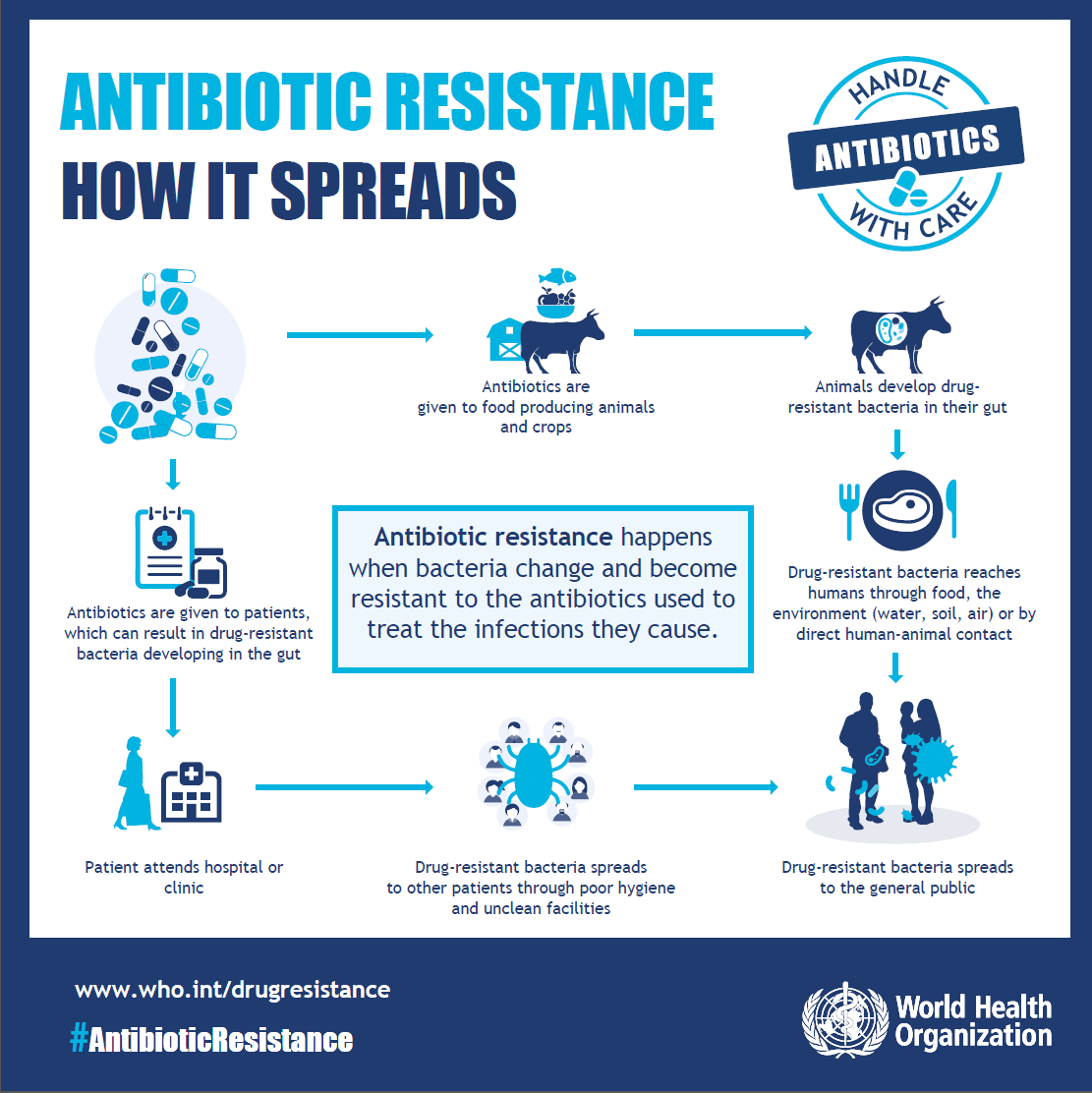
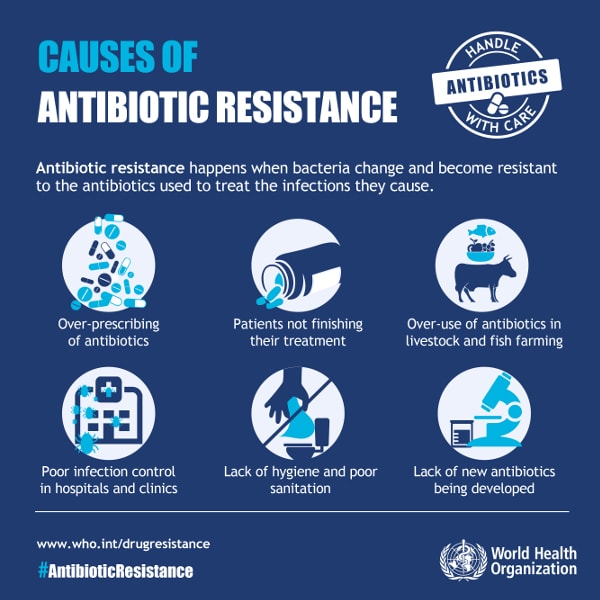
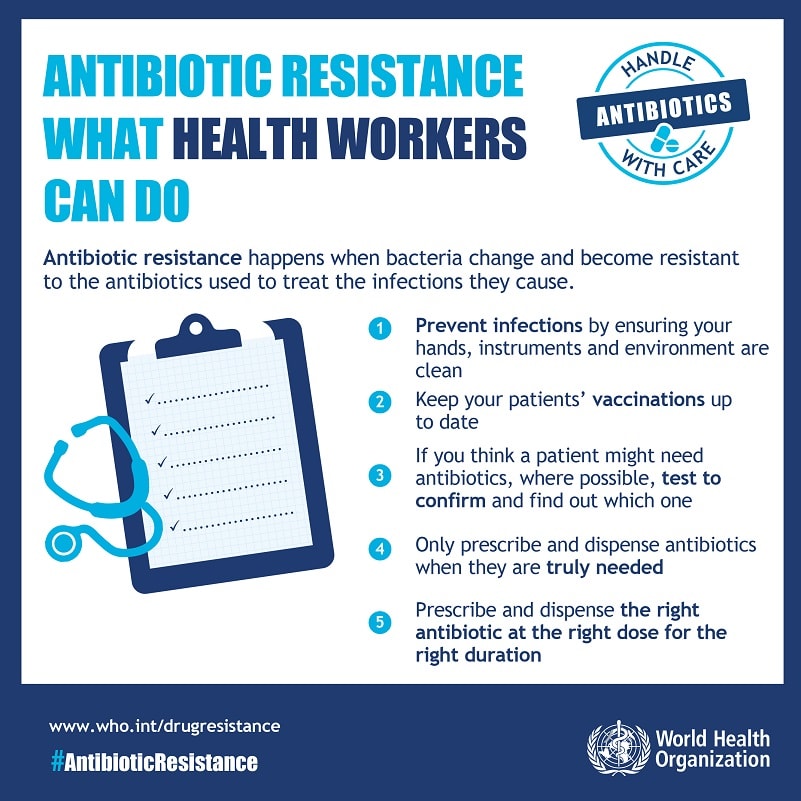
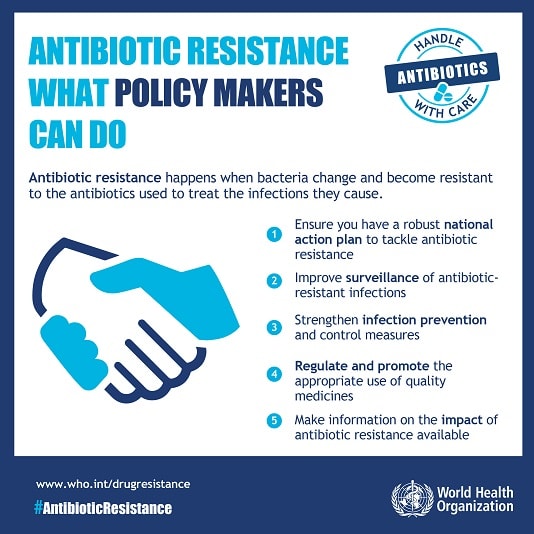
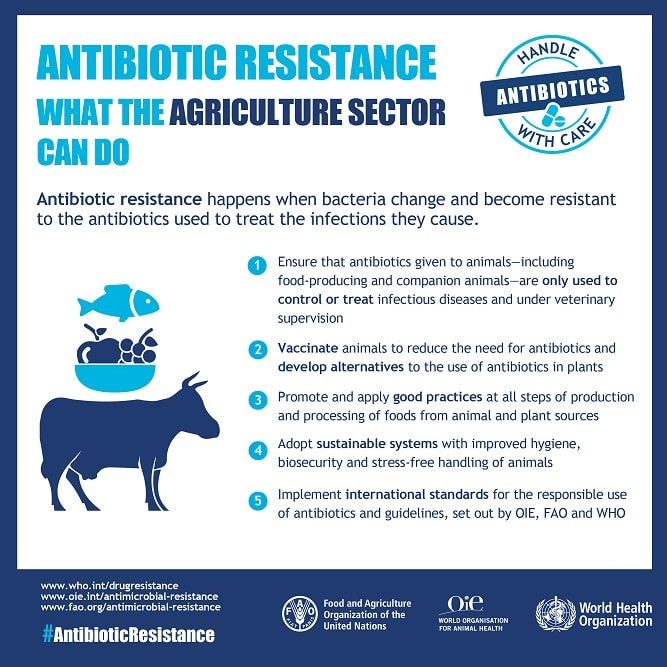
 tag on profile.
tag on profile.
